Introducing Sedum: Nature’s Versatile Carpet
Welcome to the plush expanses of sedum, affectionately known to many as stonecrop. This little marvel of vegetation is to gardens what a versatile throw rug is to home decor: effortlessly adding a splash of color and texture wherever it lies. Imagine a plant so unfussy about its surroundings that it can thrive just about anywhere with a bit of sunshine and well-drained soil. That’s sedum for you!
Now, picture an English cottage garden where sedum cosies up alongside lavenders and roses, or envision it spreading its low-lying beauty across rugged rockeries. This succulent is difference-maker, turning barren patches into vibrant life zones with its cheerful, star-shaped blooms and succulent foliage. In dry, sunny areas where even grass throws in the towel, sedum stands tall (well, figuratively speaking, since it’s a groundcover).
Why Gardeners Adore Sedum
The love for sedum isn’t just about its good looks; it’s about smarts and sustainability, too. For the environmentally conscious gardeners among us, who crave a garden that gives back more than it takes, sedum is a dream come true. It’s drought-resistant, and once it’s happily established, it demands very little from your water bill. You practically need to have a ‘neglectful thumb,’ rather than a green one, to appreciate this gem fully. Its resilience makes it a favorite among those new to gardening or those who like to enjoy their garden’s beauty without being enslaved to its upkeep.
For more hands-on tips and visual cues on how to cultivate your own sedum sensation, feast your eyes on this insightful guide on succulent garden care, which unveils the art of keeping things simple yet stunningly beautiful.
Consider the popularity of green roofs in urban landscapes, where sedum has become the poster child for eco-friendly construction. Why? Because sedum isn’t just a plant; it’s a natural coolant, a protector of roofing materials, and a haven for biodiversity. Plus, let’s admit it looks rather fetching as a verdant cap on a sleek modern building. These are real-life examples that underline sedum’s valor in our quest for greener, more sustainable living spaces.
If you’re besotted with the idea of a garden that demands little yet dazzles much, sedum is your horticultural soulmate. The allure of its low-maintenance nature, combined with the tapestry of beautiful foliage it weaves, is undeniable. So go ahead, give sedum room to spread its wings (or leaves) in your garden and watch the magic happen. Sedum doesn’t just occupy space; it transforms it.
Understanding the Sedum Spectrum: Types and Traits
Embark on a journey to discover the diverse world of sedum plants, a group of succulents that charm gardeners with their hardiness and vibrant displays. In the realm of succulent gardens, sedums are esteemed for their ability to thrive with minimal fuss, displaying a resilience that fascinates even novice gardeners. Let’s peel back the layers of some of the most popular varieties that you might find spicing up rock gardens or adding a splash of autumnal color to your outdoor sanctuary.
Consider the Sedum ‘Autumn Joy’, which is akin to the fireworks of the fall garden. As the seasons shift and many plants begin to fade, ‘Autumn Joy’ bursts onto the scene, its clusters of star-shaped flowers slowly changing from a pale pink to a rich, russet hue. It’s not just a feast for the eyes but also a banquet for pollinators, who flock to bask in its late bloom.
Then there’s the Sedum ‘Angelina’, an enthusiastic creeper that brightens any nook with its electrifying, golden-yellow foliage. Beneath the summer sun, ‘Angelina’ transforms into a tapestry of green and gold, while cooler temperatures paint its needles with a brush of orange and red. Whether tumbling over stone walls or softening the hard edges of a pathway, ‘Angelina’ brings life to the landscape.
Incorporating these sedums into your garden is more than just planting; it’s about creating a living painting that changes with the seasons. Each variety, from the ground-hugging ‘Cape Blanco’ to the upright ‘Matrona’, offers its own unique texture, form, and color palette, adding depth and dimension to your green space.
So, where should sedum be planted to flourish? This question, often whispered by the wind in the meadows where wild sedums dance, is answered by the gardener’s intuition and the plant’s simple needs. Sedums are sun worshipers that revel in the embrace of full light, yet they are also tenacious enough to withstand partial shade. They favor well-drained soil where their roots can drink deeply but never drown. By respecting these preferences, you welcome a resilient community of sedums to your garden.
Let’s not forget that sedums are not just outdoor ornaments. They’re also stars of container gardening, bringing their drought-tolerant charm to your patio or windowsill. Check out our insights on Cultivating Versatile Succulents for tips on how to make these adaptable beauties thrive just about anywhere.
To truly appreciate the sedum spectrum, one must see these gems in living color. Peek at this 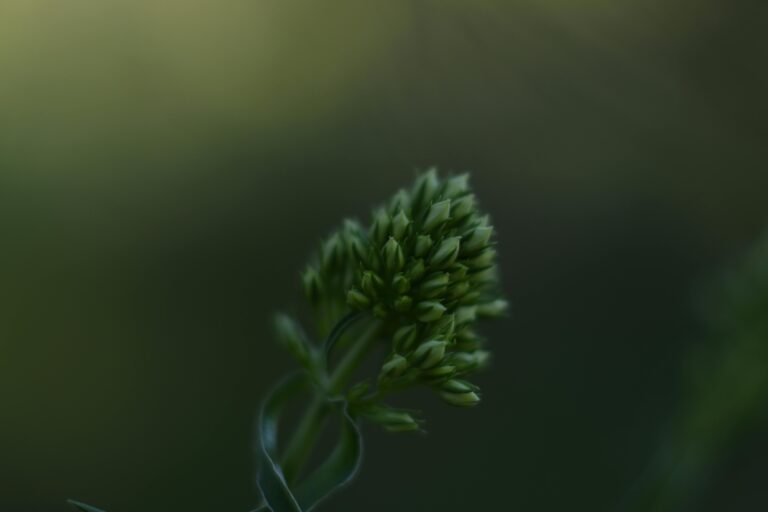 visual treat and let your imagination run wild with possibilities. Whether you are seduced by the sedum’s simplicity or enchanted by its endurance, there’s no denying the allure these plants hold for the passionate gardener and the passing butterfly alike.
visual treat and let your imagination run wild with possibilities. Whether you are seduced by the sedum’s simplicity or enchanted by its endurance, there’s no denying the allure these plants hold for the passionate gardener and the passing butterfly alike.
The Perfect Spot: Key Factors for Planting Sedum
Let’s chat about setting up the stage for a show that runs all year round – your sedum display! Finding the sweet spot in your garden for these colorful troopers isn’t just about plopping them down where there’s space. It’s more like matchmaking; you’re pairing this charming plant with its ideal home. So, what does this perfect partnership look like? I’m glad you asked!
First off, sunlight exposure is a big deal. Sedum plants are like the sunbathers of the plant world – they love soaking up those rays. A spot that basks in at least six hours of sunlight is your goal. Under the right sunlight, your sedums will be more colorful than a sunset in Maui – speaking from experience, folks!
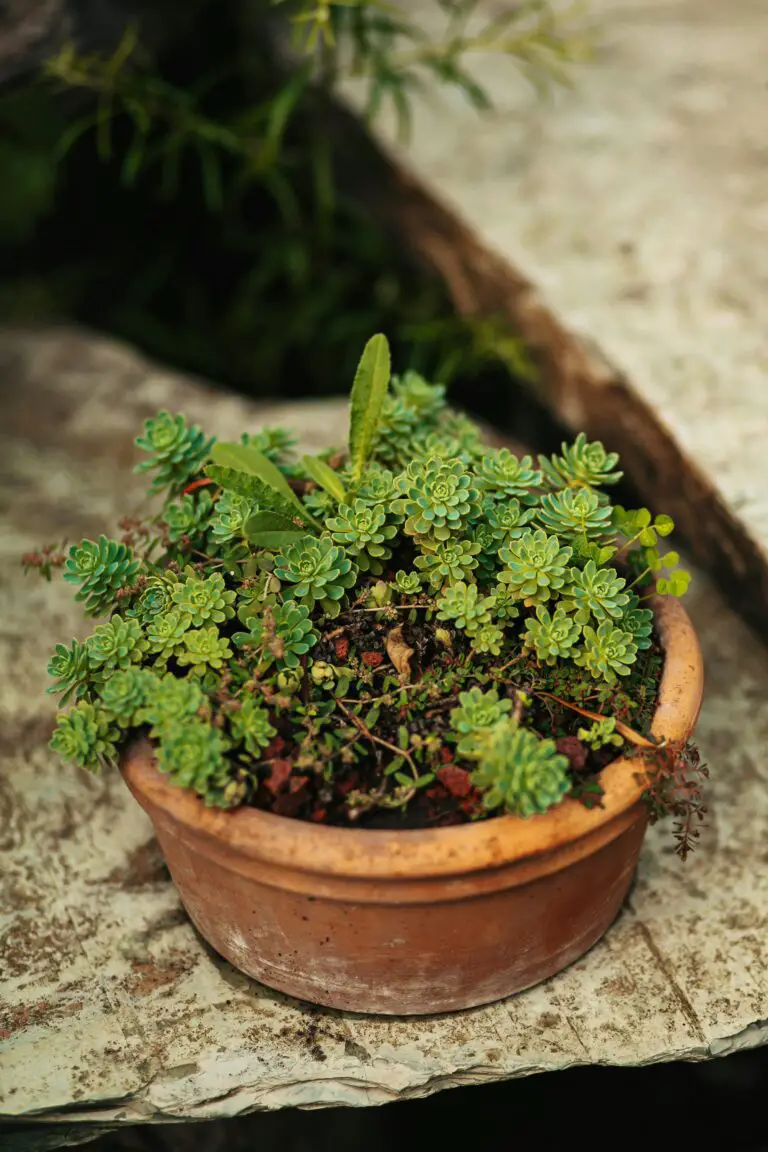
Soil type is up next. Sedum is not high-maintenance, but it can’t stand wet feet – no soggy soil, please! What they adore is well-draining, gritty dirt. Think of it as the equivalent of a comfy, yet supportive mattress. If you’ve got heavy clay, don’t despair. Amend it with sand or fine gravel, and you’ll be ready to roll.
These succulents have a hardy constitution when it comes to climate considerations. From the heat of Arizona to the frosts of New Hampshire, most sedum varieties will take it in stride. However, be mindful and choose a variety that suits your zone for best results. A little local research can help you avoid the heartache of a sedum that can’t handle your hospitality.
And now, the million-dollar question: Where in the garden? Picture this: rock gardens transformed into sedum sanctuaries, borders lined with these textured beauties, and containers bursting with their vibrant foliage. To get inspired and learn more about succulent care, be sure to check out our guide on Cultivating Your Succulent Garden.
Use these pointers to find the pièce de résistance spot in your garden where your sedum can not only live but thrive. It’s about giving your green friends the best seat in the house to enjoy life’s parade. Happy gardening!
Preparing the Bed: Soil and Drainage Essentials
When we chat about crafting a home for Sedum, think about your typical life-of-the-party friend who thrives under the spotlight but also knows how to keep it cool. That’s our succulent star in the garden. It loves basking in the sun but also demands a chill environment when it comes to its feet, or roots, I should say. So, let’s dig down into the dirt on what makes for the perfect sedum pad.
If you want your Sedum plants to throw a garden party that lasts, you’ve got to start with the foundation—the soil. Now, if you’ve got soil that clings to water like a sponge, you’re going to throw a wet blanket over the festivities. Sedum needs a soil mix that’s more like a dance floor than quicksand. It’s all about the beat of the drainage!
Improve the groove by mixing in some gritty buddies—sand, gravel, or perlite—to your garden bed. This crew will help break up any clumpy moves and get the air grooving through those roots. Picture a Sedum in a soil that’s as well-draining as a sieve, and you’ll have a plant that throws off flowers like confetti.
Let’s jazz up our garden’s beat even further! Consider raising the bar with a raised bed or creating the ultimate natural drainage system with a rock garden aesthetic. Layering rocks beneath the soil will not only amp up the drainage but it’s like giving your Sedum the VIP lounge experience. Imagine those rocks as bouncers, keeping excess water from crashing the party.
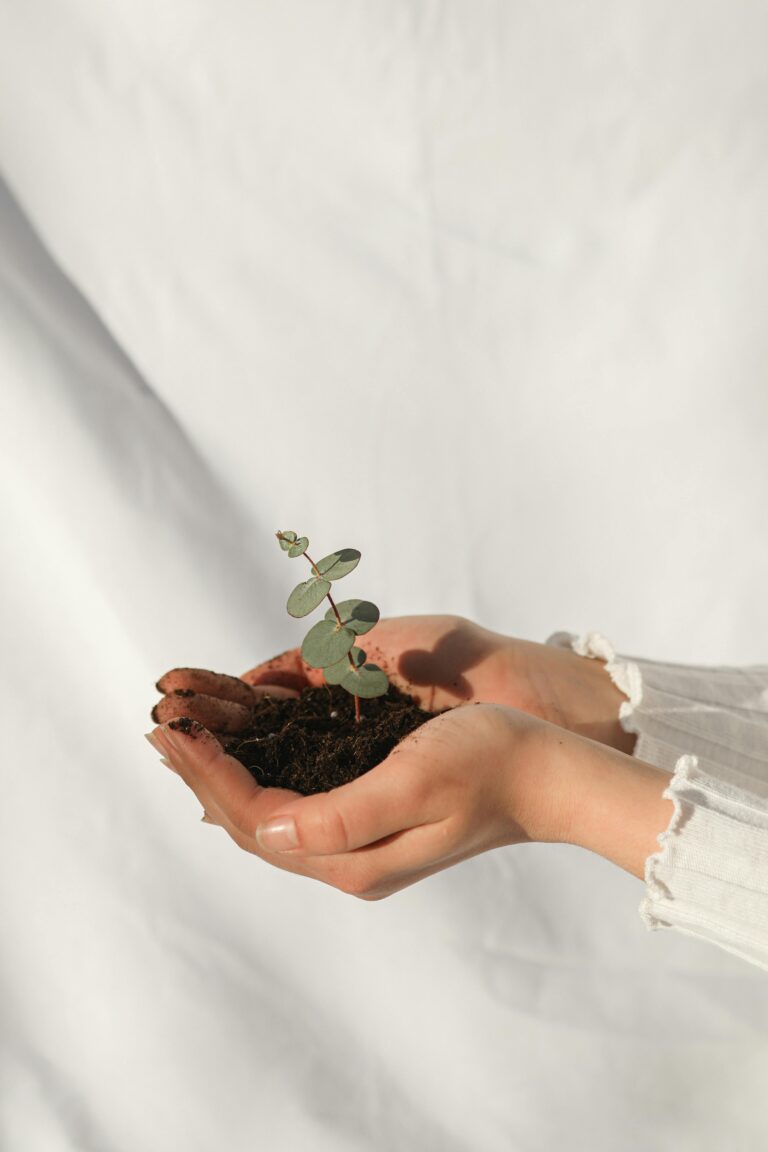
To spin the right mix for your Sedum, get hands-on! Don’t hesitate to grab a fistful of that potential soil and give it a squeeze. If it falls apart in your hand like a well-fluffed pillow, you’ve hit the jackpot. But if it feels tighter than your jeans after Thanksgiving dinner, you’ll need to go back to the turntable and remix that soil.
Remember, your Sedum isn’t asking for a five-star suite; it’s simple in its needs but firm in its preferences. Give it the loose, airy, and fast-draining stage it wants, and your garden will be pulsing with life, setting the scene for some vibrant succulent memories. Just keep the beat right, and watch your Sedums light up the garden with their rhythm.
When To Plant: Timing for Sedum Success
Gardening enthusiasts, take note: the vibrant sedum, known for its resilience and dazzling blooms, finds its sweet spot in nature’s calendar. Whether you’re just a hobbyist or a green-thumbed aficionado, understanding the ideal planting time can mean the difference between a lackluster display and a yard that erupts in color.
Imagine, if you will, a crisp spring morning—the kind where dew clings to fresh buds and the world is brimming with new beginnings. This is the season where sedum shines, eagerly stretching its roots into the cool soil. Spring offers a reprieve from harsh winter chills, providing young sedum plants with the chance to establish themselves without the shock of frost or the scorch of summer sun.
But let’s not forget those regions where spring can still be a fickle friend. For those gardeners, early autumn offers a second window of opportunity. The soil still retains summer’s warmth, enabling sedum roots to anchor and spread in anticipation of winter slumber. It’s like tucking them in with a blanket of earth, ensuring they awake robust and ready to dazzle as soon as spring returns.
Picturing the perfect sedum spot can be as vivid as the plant’s own succulent leaves. Recall that summer vacation when the hills were ablaze with wild sedum, asserting its dominance amidst the rugged landscape—a testament to its easygoing nature. In your own garden, replicating this scene requires timing, a bit of know-how, and a passion for the persistence of these hardy succulents.
Wisdom from seasoned gardeners echoes the sentiment of comprising conditions over specific dates. They watch the weather, scrutinize the soil, and expect that mother nature might just throw a curveball. You might find yourself amongst blooms or bracing for a late frost, but patience and preparation will always be the gardener’s true companions.
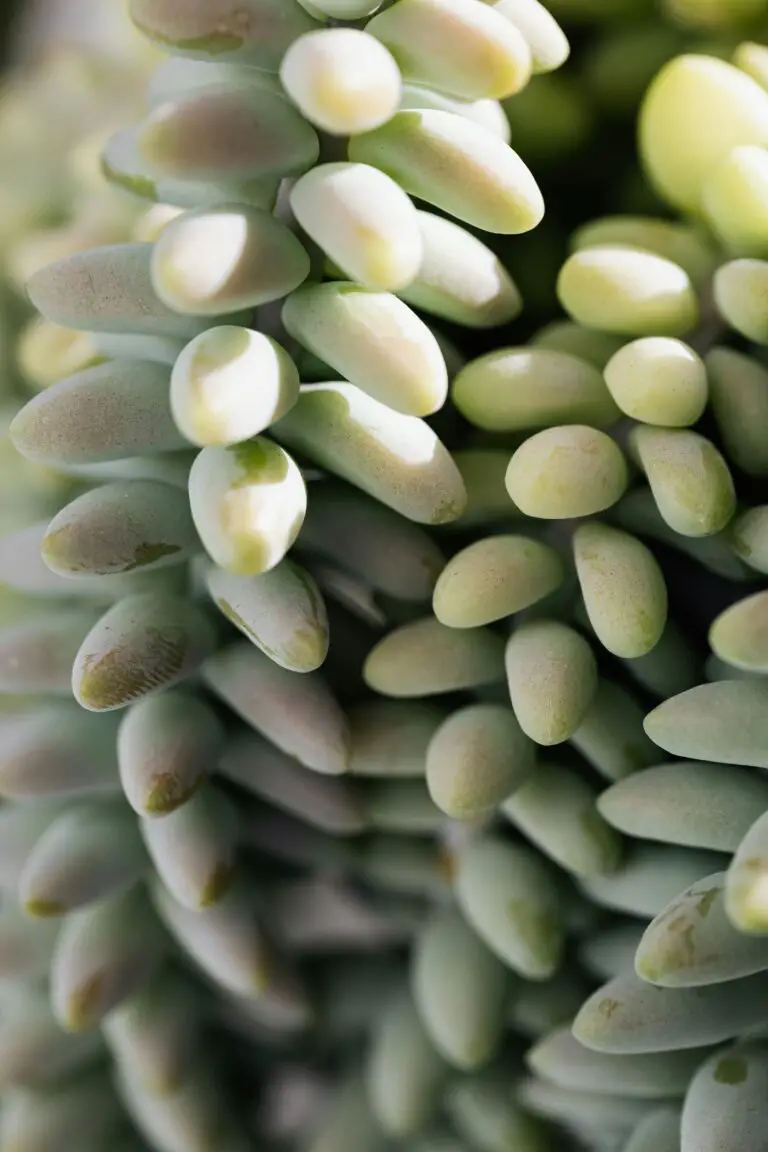
There’s something poetic about the cycle of the seasons and how it aligns with the life of sedum. Each phase of the year offers its unique benefit, bringing nutrients, moisture, and warmth in their due time. Planting sedum isn’t just about burying a root in the ground—it’s about syncing with the heartbeat of nature, ensuring that your garden resonates with the rhythm of the world around it.
Sedum Care: Fostering Healthy Growth
Like any good thriller, the journey of growing sedum is full of anticipation and rewards. Imagine you’re the director of your own botanical blockbuster, with sedum as the star of the show. These succulent beauties are the Bruce Willises of the plant world – hardy, resilient, and ready for action. But even the best stars need a little behind-the-scenes magic to shine. Let’s spotlight the essential care tactics to keep your sedum thriving.

First up, watering – it’s the plot twist in our story. Sedum plants, like seasoned actors, know how to work with what they’re given. They’re drought-tolerant, storing water in their fleshy leaves to weather the dry spells. The key is to mimic their natural habitat; think a light sprinkling, akin to a brief cameo appearance of rain in their native dry, rocky scenarios. Overwatering? That’s the villain in our tale, leading to root rot and a melancholic end.
Next, we have the supporting cast: sunlight and feeding. Sedum demands the limelight—full sun to be precise—to maintain their vibrant color and structure. Visualize a solar-powered fortress, where walls of stonecrop stand bold and bright. In terms of nourishment, it’s less about indulgent three-course meals and more about the occasional power snack. A balanced, slow-release fertilizer at the start of the growing season is akin to a motivational pep talk, encouraging strong growth and blooming akin to a standing ovation.
Pruning is the dark horse in our script, often underestimated but crucial for a twist in the plot. Picture this: a sedum overrun with overgrowth, akin to an actor lost in method acting, forgetting to step back into reality. Pruning in late winter or early spring is like a script revision, removing the deadwood and allowing new characters—fresh shoots, in this case—to emerge and take center stage. The result? A sedum that’s rejuvenated, ready to deliver a blockbuster performance all season long.
There you have it—directing a hit show with sedum as your star is all about balance, timing, and understanding the leading role’s strengths. With these care tips, your garden is set to be a botanical box office hit, with sedum stealing every scene.
Designing with Sedum: Aesthetic Considerations
Let’s get artsy with our succulents! Imagine transforming a bland patch of dirt into a tapestry of vivid colors and varied textures. Envision sedum, the star of low-maintenance gardens, becoming the backbone of your garden design. It’s all about playing with color palettes and juxtaposing textures to create a living masterpiece. But how exactly do you incorporate sedum into your outdoor space for that wow factor?
First off, think about the sedum as your canvas. These hardy plants come in an array of colors—from soft blues to fiery reds—and their fleshy leaves provide an interesting textural contrast. Place them strategically to draw the eye through the garden. Imagine a river of blue sedum weaving through a field of ornamental grasses. The combination is not just pleasing to the eye, but it’s like a dance of textures, each step bringing a different sensation underfoot.
Now, let’s chat companion planting. Sedum plays well with others, particularly with plants that share its love for the sun and neglect (yes, some plants just don’t crave your constant attention). Pair sedum with lavender for an aromatic and color-contrasting duo. Or, set it beside catmint for an informal, whimsical vibe. Remember, we’re aiming for that natural yet deliberate look that screams “effortlessly chic.”
Texture contrasts in the landscape? Absolutely! A practical example—pair the glossy, rounded leaves of sedum with the fine, feathery foliage of cosmos or yarrow. It’s like mixing silk with burlap; both are beautiful on their own, but together, they create a sensory delight. It’s about creating a landscape that begs to be touched and not just observed from afar. Who could resist running their hands over the different surfaces?
And now, let’s bring this vision to life with a dose of inspiration. Check out this video that delves into the charm of garden design, specifically tailored for those in love with sedum and succulents. It’s bound to ignite your creativity!
Incorporating sedum into your garden design isn’t just about planting a succulent; it’s about crafting a scene, a mood, and a touchable landscape. With a bit of imagination and these tips, your garden will be the envy of every plant lover out there. So where should sedum be planted? Amongst friends, against foils, and within the canvas of your garden artistry.
Propagation: Multiplying Your Sedum Collection
Picture this: you’ve got a sedum plant, full of energy and thriving in your garden. Imagine turning that single plant into an entire succulent landscape! Let’s dive into the surprisingly simple world of sedum propagation. Not only is it economical, but it’s also an immensely satisfying way to watch your garden grow.
Ready, Set, Cuttings!
First up, let’s talk cuttings – the bread and butter of sedum propagation. Begin by selecting a healthy stem, and with a clean snip, you’re already halfway there. Now, let the cut end dry out for a day or two to form a callous – think of it as a little plant scab that protects against infection. Next, place your cutting in well-draining soil, slightly moistened. And voilà, with some patience and occasional watering, roots will begin to chase down into the soil. It’s as if your sedum has taken on a life of its own, reaching new depths.
Remember, gentle morning sunlight is best when your young cuttings are taking root. It’s like a gentle nudge for them to grow, without overwhelming them with the intense midday sun.
Divide and Conquer: Section by Section
For those who like a more hands-on approach, division is another effective method. It’s a bit like making a sourdough starter; you’re creating entirely new entities from one. Wait for the sedum to show signs of new growth – this is prime time for division. Carefully lift the plant, taking care not to damage the roots, then with a sharp knife or spade, divide the plant into sections, ensuring each has a portion of roots. Plant these new sections immediately, and like a phoenix rising, new sedum plants will flourish.
Here’s a thought – why not share the joy? Propagating sedum is a fantastic way to connect with fellow garden enthusiasts. Perhaps that neighbor with the enviable green thumb might fancy a trade of cuttings? Sedum propagation could be your ticket to new friendships and garden varieties!
In the grand scheme of things, propagating sedum is a gentle nod to the circle of life in your garden. With such a simple and rewarding practice, you empower yourself to keep the cycle of growth spinning. It’s about fostering a deeper bond with your plants – guiding them from one single stem to a full-blown tapestry of green vitality.
Troubleshooting Common Sedum Issues
Welcome to the gritty world of solving sedum setbacks! While these resilient succulents often bask in the sun without a care, they can sometimes face a few hiccups. You might notice your sedum sulking with signs of pests, showing signs of rot, or just not growing with the gusto you’d expect. Fear not! Let’s break down these common sedum conundrums and give you the green thumb upper hand.
Pest Patrol: The Uninvited Guests
Imagine you’ve found the perfect spot for your sedum, only to notice tiny critters have made a buffet out of your succulents! Aphids, mealybugs, and spider mites are the usual suspects here. They’re like the gate-crashers at the garden party. But you can send these pests packing. A gentle spray of soapy water can evict these freeloaders. For those more persistent party poopers, introducing ladybugs can be a biological bouncer—they love a good aphid appetizer!
Rally Against Rot
Puddles aren’t a sedum’s pal. If your plants are looking soggy and sorry for themselves, waterlogged roots might be the culprit. Sedum prefers to live life on the dry side, so well-draining soil is a must. Think about it like this: sedum loves the soil to be as well-drained as a colander! If you notice your sedum’s leaves turning mushy or brown, consider mixing gritty sand or perlite into your soil to increase aeration and reduce the risk of root rot.
Lackluster Growth: Wake Up Your Sedum
When your sedum is growing slower than a snail at a sleepover, it’s time to investigate. It might be craving more sunlight or lacking nutrients. Sedum thrives in full sun, so move those pots to a sunnier spot if they’ve been lounging in the shade. Think of it as their personal sunny spa retreat! Nutrition-wise, a sprinkle of slow-release fertilizer can be like a wake-up call. It’s the equivalent of a sedum sipping on an energizing green smoothie.
A picture is worth a thousand words, and here’s one showing sedum facing off against common garden challenges, in a setting where it should be planted. See how these hardy heroes usually stand their ground! 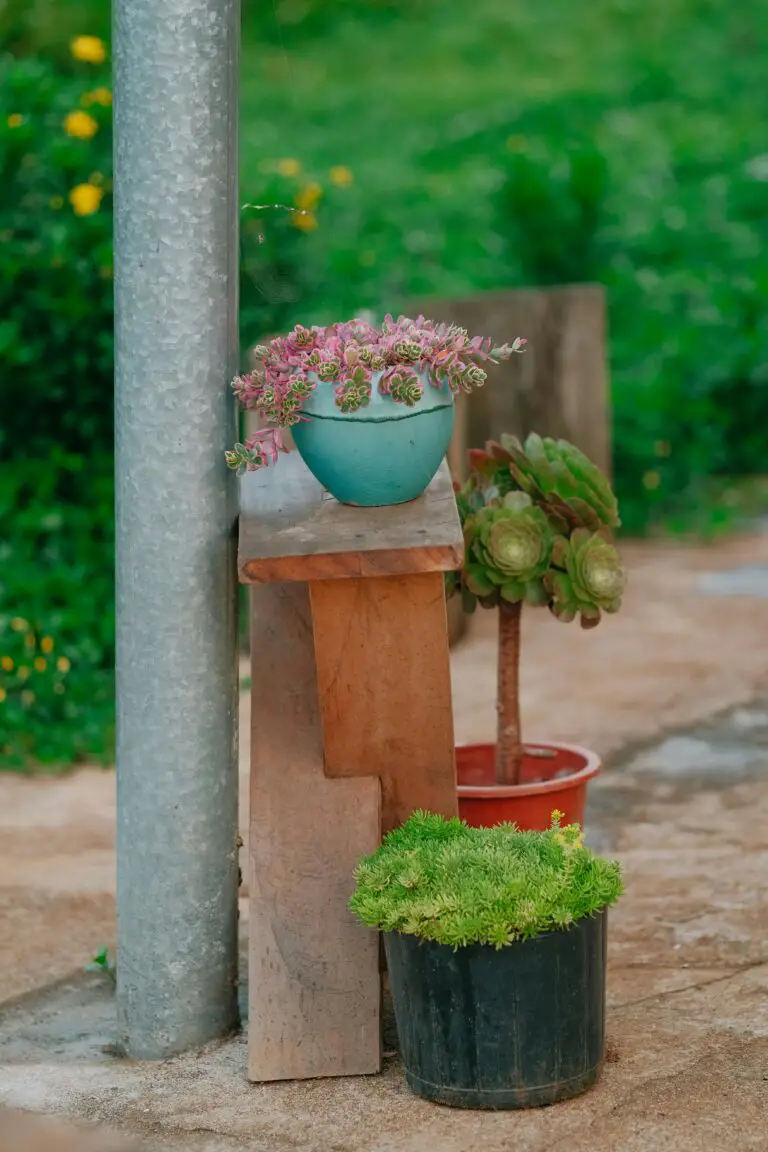
Remember, growing sedum is like a garden game of chess. With the right moves, you can outsmart these issues and watch your sedum thrive. Keep an eye out, stay proactive, and you’ll have a lush, vibrant sedum sanctuary—one where every succulent is a happy camper!
Frequently Asked Questions
Got questions about sedum planting? You’re not alone! Sedum, with its kaleidoscope of colors and forgiving nature, has been a topic of curiosity for many garden enthusiasts. Let’s dig into some of the most common queries gardeners have about these resilient succulents.
Where is the Ideal Spot for Planting Sedum?
Imagine a sun-drenched rockery or a well-draining slope in your garden—these are the prime real estates for sedum! These succulents are sun worshippers and adore places where they can bask in full glory for most of the day. But hey, don’t fret if your garden is more Downton Abbey than Death Valley. Sedum can still perform in partial shade, particularly the lighter-colored varieties. Just be aware that too much shade might make them a bit leggy and less floriferous.
Can Sedum Handle Extreme Weather?
Sedum to the rescue! Whether it’s the scorching heat of a mid-July afternoon or a frosty December morning, sedum stands strong. Originating from the mountainous regions and tough terrains, these succulents have evolved to be drought tolerant and cold-hardy. They’re like the little green superheroes of the plant world! Just keep in mind, while they’re tough, they’re not invincible—prolonged wet and waterlogged soil is their kryptonite.
Do I Need to Amend My Soil for Sedum?
Here’s the scoop: Sedum isn’t picky about where it lays its roots, but it does have a preference for well-draining soil. If you’re dealing with some heavy, clay-type earth, consider amending it with coarse sand or gravel. That’ll give your sedum the drainage it craves and prevent any waterlogging issues—something akin to setting up a good drainage system in your own house to avoid indoor flooding during a torrential downpour.
What Care Do Sedum Plants Require After Planting?
Think of sedum like that low-maintenance friend who’s easy to hang out with. Once planted, they’re quite independent. Water them sparingly, especially if you’re getting regular rain. During hot, dry spells, a drink once or twice a week is enough. As for fertilizer? Skip it. These plants are used to roughing it out in nutrient-poor soils. Feeding them might just push them to grow too fast and flop over, like a toddler overdosing on cake at a birthday party.
Check out this video for more hands-on tips on growing and caring for sedum:
Any Tips for Getting Vibrant Colors from My Sedum?
Absolutely! If you want your sedum to show off the most electrifying shades, make sure you’re giving them enough light. Most vibrant hues emerge when the plant is a little stressed, so don’t overwater or overfertilize. It’s like carefully stressing grapes for winemaking, resulting in a more robust flavor. A little tough love goes a long way with sedum!
What About Pests and Diseases?
Good news: Sedum doesn’t roll out the welcome mat for pests and diseases too often. These hardy plants tend to deter critters naturally. Occasionally, you might encounter mealybugs or aphids, which can be dealt with using insecticidal soap. Root rot can occur if your soil is too soggy, so remember, drainage is key—think of it as the security system for your succulent garden.



